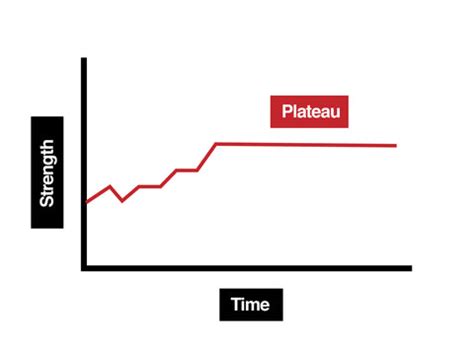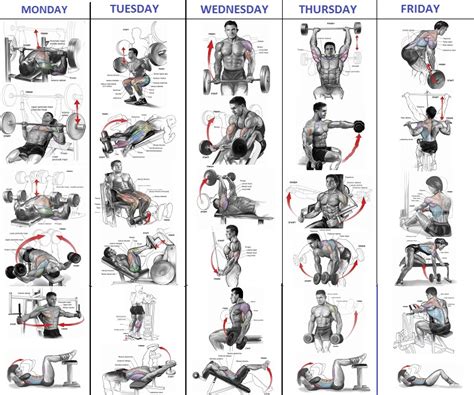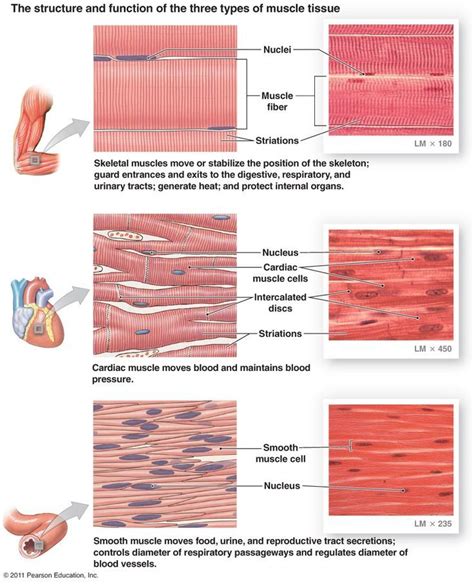How to break strength plateaus & maximize lean muscle for peak male performance?

Every dedicated man on his fitness journey eventually faces the dreaded strength plateau. That moment when progress grinds to a halt, lifts stagnate, and the motivation wanes. But hitting a wall doesn’t mean your journey is over; it means it’s time to re-evaluate and implement smarter strategies to break through those barriers and continue maximizing lean muscle for peak performance. Understanding why plateaus occur and how to strategically overcome them is crucial for sustained growth and achieving your ultimate physical potential.
Understanding the Plateau: Why Progress Stalls
A strength plateau is a natural adaptation of the body. Initially, your muscles respond rapidly to new stimuli. However, over time, your body becomes more efficient and accustomed to the demands you place on it. This adaptation, combined with potential issues like insufficient recovery, inconsistent nutrition, or a lack of progressive overload, can lead to stagnant progress. Recognizing the root cause is the first step toward devising an effective solution.
Strategic Training Tweaks to Reignite Growth
Progressive Overload: The Foundation
At its core, muscle growth and strength gain are driven by progressive overload – consistently challenging your muscles to do more than they’re accustomed to. This isn’t just about lifting heavier weights; it can involve increasing reps, sets, frequency, reducing rest times, or improving form over the same load. The key is continuous, systematic progression.

Periodization and Deloads
Implementing periodization, which involves cycling through different training phases (e.g., strength, hypertrophy, endurance), can prevent adaptation and keep your body guessing. This strategic variation ensures you’re constantly providing a novel stimulus.
Equally important are deload weeks. A deload involves reducing your training volume and/or intensity for a short period (typically 1-2 weeks). This allows your central nervous system and muscles to fully recover, repair, and supercompensate, often leading to renewed strength and growth when you return to your regular intensity.
Varying Your Training Stimulus
While sticking to fundamental compound exercises is crucial, occasionally varying your exercise selection, rep ranges, tempo, or incorporating advanced techniques can shock your system. Try swapping barbell squats for front squats, or conventional deadlifts for sumo deadlifts for a cycle. Experiment with higher rep sets, slower negatives, or techniques like drop sets, supersets, or rest-pause training to stimulate muscle fibers in new ways.

Fueling Your Machine: Nutrition for Muscle and Performance
Caloric Surplus and Macronutrients
To build muscle, you generally need to be in a slight caloric surplus, meaning you consume more calories than you burn. Focus on a high-protein intake (around 1.6-2.2g per kg of body weight) to support muscle repair and growth, adequate complex carbohydrates for energy, and healthy fats for hormone production and overall health. Don’t skimp on any macronutrient; they all play vital roles.

Strategic Supplementation (Optional)
While not a substitute for a solid diet, certain supplements can aid performance and recovery. Creatine monohydrate is scientifically proven to enhance strength and power. Protein powders can help meet your daily protein targets, and multivitamins ensure you cover any micronutrient gaps. Always consult with a healthcare professional before starting any new supplement regimen.
The Unsung Heroes: Recovery and Lifestyle
Prioritizing Sleep
Muscle growth and repair primarily occur during sleep. Aim for 7-9 hours of quality sleep per night. During deep sleep, your body releases growth hormone and testosterone, crucial for muscle synthesis and recovery. Inadequate sleep can elevate cortisol (stress hormone), hindering progress.

Stress Management and Active Recovery
Chronic stress, whether from training or daily life, elevates cortisol levels, which can lead to muscle breakdown and fat gain. Incorporate stress-reducing activities like meditation, yoga, or spending time in nature. Active recovery, such as light walks, stretching, or foam rolling, can improve blood flow and aid muscle recovery without taxing your system.
Mindset for Sustained Success
Breaking plateaus also requires mental fortitude. Be patient, consistent, and persistent. Track your progress diligently, celebrate small victories, and remain focused on your long-term goals. A positive and resilient mindset will be your greatest asset in navigating the challenges of strength building.

Conclusion
Strength plateaus are an inevitable part of the fitness journey, but they are not roadblocks to your ultimate potential. By strategically implementing progressive overload, periodization, smart nutrition, prioritizing recovery, and maintaining a resilient mindset, you can consistently break through these barriers. Embrace these challenges as opportunities for growth, and you’ll not only maximize your lean muscle and strength but also achieve peak male performance that stands the test of time.







